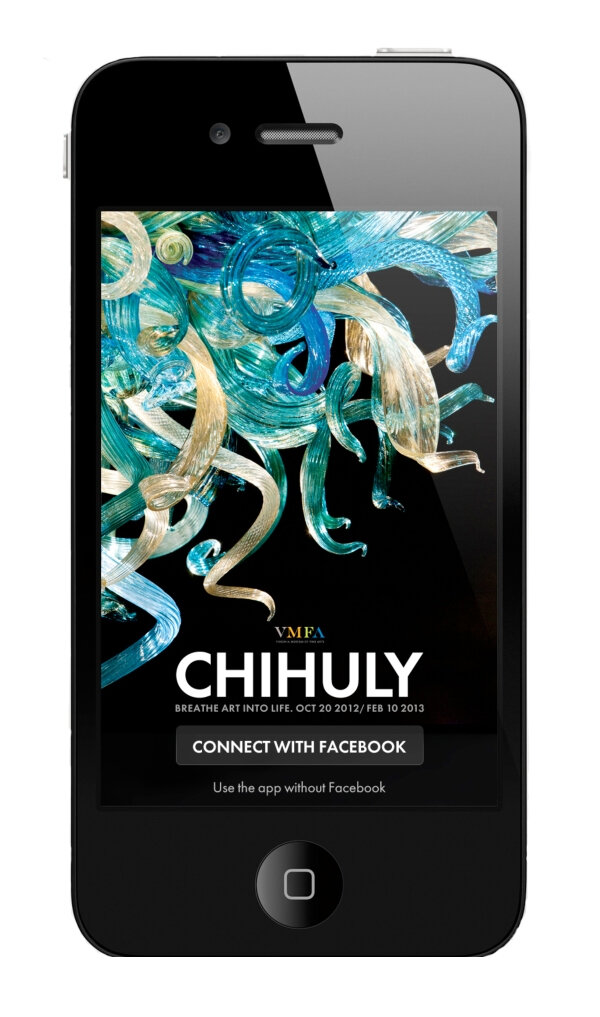
Repositioning turned this a stuffy and formal institution into a national Top 10 brand
Tarren turned negative audience perception into the new brand platform
The Situation:
The Virginia Museum of Fine Arts (VMFA) had been open for more than 70 years when it began a $150 million renovation. The project transformed the museum’s footprint and its visual presence. Its massive glass enclosed atrium and entrance created an open see-thru ambience from the street and triggered social engagement. It was a grand statement for Virginia’s oldest continually operating museum with more the 50,000 objects.
However, previous renovations and additions to the original museum had moved the front door to the rear of the building, hidden to the casual observer. Audience research showed that the museum was perceived as cold, unfriendly, formal. It was perceived as a place for rich, older, white people.
The museum is in the city of Richmond which had a large percentage of African American residents. Perceptions and opinions of the museum by this group illuminated a significant sense of being disenfranchised, of not being invited or welcomed.
Strategy / Tactics
Tarren decided the use the grand reopening of the museum (after 4 years of construction) to reset the public’s perceptions by repositioning the brand. Key to this was the creation of a brand tagline - Its Your Art. The line was designed to present an informal feel and counter the idea of an exclusive institution. Since VMFA is an agency of the State of Virginia its collections (paintings, sculptures, works on paper, etc.) are the property of the state…. and by extension, the property of the residents of the state. While not literally the case, it nevertheless supports the idea of the art belonging to everybody. Tarren developed an integrated campaign that communicated accessibility and an invitation for all to visit. The campaign represented a repositioning of the brand.
This campaign leveraged some of the iconic works from VMFA’s collections to populate a series of treatments (ads, videos, posters, out-of-home, outdoor, TV spots, restaurant coasters, street-pole banners, and more) to communicate the new position.
Outcomes:
Over the previous 10 years, VMFA had averaged 125,000 – 150,000 visitors a year depending on large exhibitions. The year of the reopening generated 430,000 visitors. The following year saw that number climb to more than 600,000 in part due to a large exhibition. The 5-year average remained more than 500,000 visitors.
The communications/public relations strategy resulted in feature stories in Apollo Magazine, the New York Times, Washington Post, Wall Street Journal, and assorted regional magazines, web news feeds, and daily newspapers with local TV news interviews.











